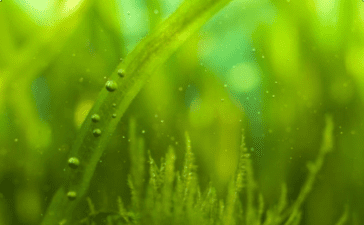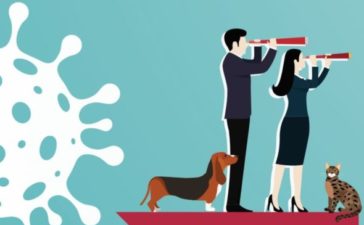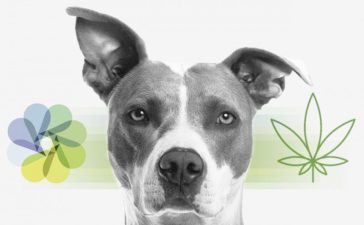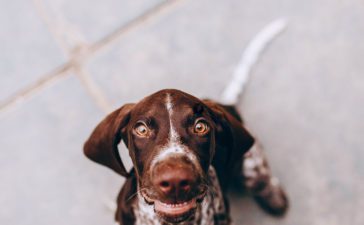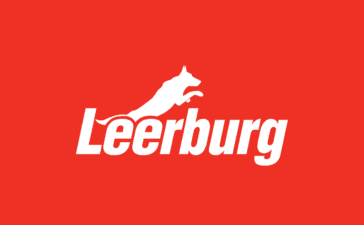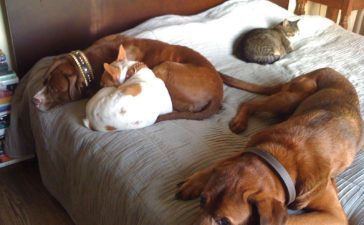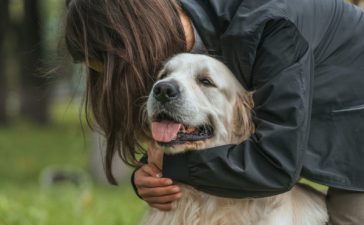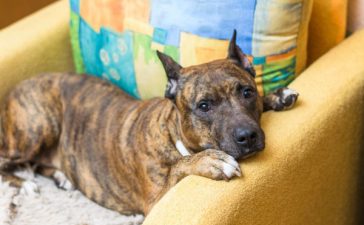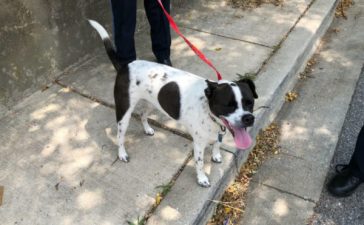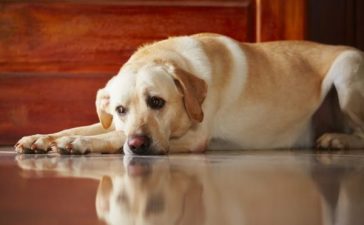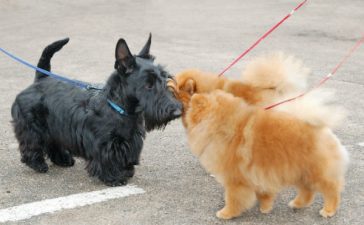[ad_1]
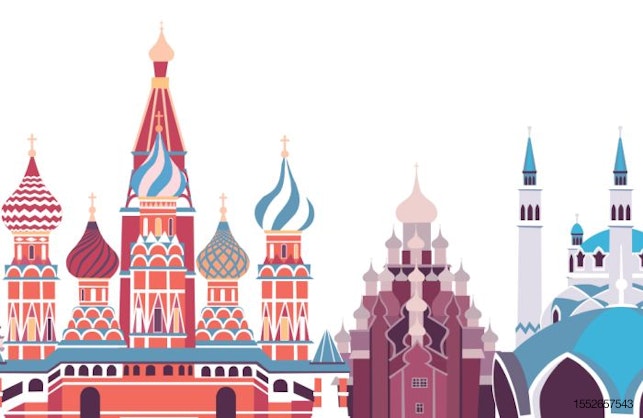

The veterinary regulator Rosselhoznadzor, which issues all pet food product permits and licenses in Russia, is insisting that Western pet food companies are releasing products on the market with ingredients that do not match what’s listed on the label. Some business unions and pet food associations are not convinced the government agency’s claims are fully justified.
Out of 450 samples of Western pet food tested by Rosselhoznadzor, 380 were found to not match the declared product composition, Sergey Dankvert, head of Rosselhoznadzor, told a Russian government publication on January 19, 2022. He added that quite a few companies were found involved in the “food fraud.”
Russia restricting pet foods with GMOs since 2020
Since 2020, Rosselhoznadzor has restricted pet food imports from the U.S., Canada, Netherlands, Germany, Spain, Great Britain, Belgium and several other European countries, citing GMO fears and mass product falsification.
During a government meeting in 2021, Dankvert said his agency analyzed a dog food from a Canadian brand. “The main declared components were lamb and salmon oil. We didn’t find any lamb at all, but we discovered 10 GMO lines of corn, soybeans and rapeseed,” Dankvert said, adding that in another product from that brand, instead of the declared lamb, the Russian regulator discovered DNA of turkey, cattle and pork.
Rosselhoznadzor believes that the veterinary or regulatory control systems in Western countries are structured in a way that allows pet food producers to replace some components with others, thus misleading customers. This “mass falsification” indicates an absence of quality control at the production facilities, Dankvert said, adding that the picture is common not only for Canada but also for the European market while pointing to a Belgian dog food.
“Instead of the lamb and turkey mentioned on the product label, we found DNA of cattle and pork,” Dankvert said.
No complaints from European pet food customers
Dr. Katrin Langner, managing director of the German Industry Association for Pet Supplies (Industrieverband Heimtierbedarf, or IVH), told PetfoodIndustry.com that the production and labeling of pet food products in the country fully match the legal requirements.
“We have read the statements of Rosselhoznadzor and are in close contact with our member companies and our national authorities,” Langner said, adding that IVH has no information that European customers have ever expressed concerns similar to those voiced by the Russian watchdog. “We believe there will be a positive solution in the interest of all parties involved.”
Raquel Izquierdo de Santiago, secretary-general of FEDIAF, an umbrella organization of European pet food associations, said its members adhere to strict EU and national legislation to guarantee the continued application of the highest standards of hygiene safety and quality of the produced pet food, which is also labeled in line with relevant regulations. She added that FEDIAF is also aware of Rosselhoznadzor’s claims.
“National authorities are investigating this statement and will work with businesses to determine any follow-up,” she said.
Russian pet food market pays a high price
Kirill Dmitriev, chairman of the Russian zoobusiness union, said the use of DNA tests on Western pet food is questionable. “These tests [used by Rosselhoznadzor] have sensitivity so high that, for example, if a pig passes near a cow and accidentally touches it, they could identify cattle DNA in the products made from that pig,” Dmitriev said, adding that in some cases the Russian regulator indeed found a violation of the veterinary rules deemed “unacceptable” and that could not be attributed to excessive regulation.
The tests used are so sensitive that, for example, they could discover the presence of arsenic by a factor of a thousand times lower than the maximum allowable level, Dmitriev said.
“Without a quantitative analysis, the tests are senseless. For example, we find pork DNA in the products made of beef. So what? Under the Russian interstate standard, if some ingredient accounts for less than 2% of the product composition, the manufacturer is free not to mention it on the label at all. In the case of DNA, we speak about less than a hundredth of a percent.”
Another side of the problem is that pet food companies are now obliged to pay for Rosselhoznadzor’s tests, and the Russian regulator can decide to run tests on dozens of different foreign DNAs, from pork to fish. For relatively small niche producers, the costs of testing samples taken during customs inspections could be “fantastically high,” Dmitriev said.
The veterinary restrictions have already caused a price hike on the Russian pet food market and put specialized pet food stores on the brink of survival, as almost all pet food retailers derive most of their profits from selling only particular brands not available in supermarkets, Dmitriev added.
Falsification claims threaten stability of industry
Addressing Rosselhoznadzor’s claims that Western pet foods practice mass falsification, Dmitry Grachev, chairman of the Russian Feed Union, told PetfoodIndustry.com that conscientious businesses see these statements as a direct threat to the stability and development of the entire industry.
“However, due to the peculiarities of the relationship between business and the Russian regulator, only a few express this point of view publicly. Over all of us, including public trade union organizations, the monopoly of the mentioned organization hangs like a sword of Damocles,” Grachev said, explaining that because it issues all permits and licenses, Rosselhoznadzor holds power over the Russian pet food market.
Grachev added that no evidence of falsification has been officially presented, and no other country in the world controls the presence of GMOs in feed or pet food. There are “primitive myths and conspiracy theories artificially planted in Russia by a number of interested parties,” he said.
[ad_2]
Source link










